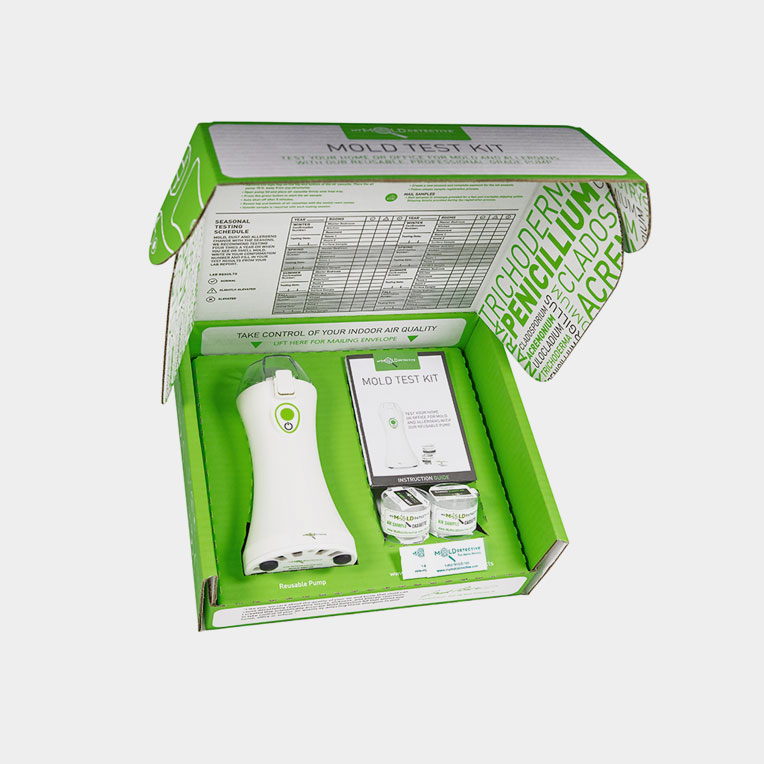How Mycotoxin Testing Helps Stop Contamination and Secure Food Materials

Mycotoxin testing is an indispensable technique in the food sector, serving as a frontline protection against contamination by dangerous contaminants produced by mold and mildews. Via the application of innovative strategies like High-Performance Fluid Chromatography (HPLC) and Fluid Chromatography-Mass Spectrometry (LC-MS), food producers can properly quantify and spot mycotoxin degrees in farming items.
Comprehending Mycotoxins
Recognizing mycotoxins starts with identifying that they are toxic additional metabolites generated by certain molds, which can pollute agricultural items. These metabolites are not essential for the development or recreation of the fungi however can have severe implications for animal and human health. Mycotoxins are generally located in staple crops such as corn, wheat, barley, and nuts, where they can multiply under details conditions of moisture and temperature level.
There are several kinds of mycotoxins, each created by various fungal species. Aflatoxins, produced by Aspergillus species, are amongst the most infamous, understood for their carcinogenic homes. An additional substantial team consists of ochratoxins, produced by Aspergillus and Penicillium types, which have nephrotoxic impacts. Fusarium varieties produce trichothecenes and fumonisins, both of which are connected with different acute and chronic health and wellness problems.

Risks of Mycotoxin Contamination
The risks of mycotoxin contamination are multifaceted, positioning significant threats to both food security and public wellness. Mycotoxins, toxic substances produced by certain sorts of fungi, can contaminate a wide variety of agricultural products including grains, nuts, seasonings, dried fruits, and coffee. When these toxins infiltrate the food supply, they can bring about severe health concerns such as liver damages, kidney failing, and also cancer. At risk populations, including kids, the senior, and immunocompromised individuals, are especially in danger.
Economic effects are an additional significant concern. Infected crops can cause considerable economic losses for farmers and food manufacturers because of minimized returns and the need for expensive decontamination actions. Additionally, worldwide trade can be substantially impeded as nations enforce rigorous mycotoxin guidelines to protect their populations, bring about denied deliveries and strained trade relationships.
Environmental variables such as environment modification aggravate the risk of mycotoxin contamination. Variants in temperature and humidity can create positive problems for fungal growth, enhancing the probability of contamination occasions. Therefore, understanding and minimizing these threats are vital for ensuring the safety and stability of worldwide food products.
Approaches of Mycotoxin Checking
Precisely determining mycotoxin contamination in agricultural items is vital for safeguarding public wellness and maintaining food safety standards. Different methods are employed to spot and evaluate mycotoxins, each offering certain advantages and restrictions.
High-Performance Liquid Chromatography (HPLC) is an extensively utilized method due to its high level of sensitivity and accuracy. It includes separating mycotoxins from my review here various other substances in a sample, enabling exact quantification. Likewise, Liquid Chromatography-Mass Spectrometry (LC-MS) integrates liquid chromatography with mass spectrometry to provide in-depth molecular details, making it especially beneficial for identifying numerous mycotoxins at the same time - Mycotoxin testing Services.

Gas Chromatography-Mass Spectrometry (GC-MS) and Thin-Layer Chromatography (TENDER LOVING CARE) are also utilized, each with distinct applications. GC-MS is efficient for unstable mycotoxins, while TLC uses a less complex, cost-effective choice for preliminary testing.
Benefits of Routine Examining
Normal testing for mycotoxins in agricultural items provides numerous benefits, dramatically contributing to public health and food security. By determining contamination early, normal screening assists stop the distribution of toxic foods, therefore minimizing the threat of mycotoxin-related health problems among customers. This aggressive approach not only safeguards human health however also boosts the total top quality of food products.
Various countries and regions have actually developed rigorous restrictions for mycotoxin degrees in food and feed. Adhering to internet these restrictions through regular testing ensures that suppliers and producers meet legal criteria, therefore preventing fines and trade obstacles.
Additionally, normal mycotoxin testing can bring about significant financial advantages. Early detection of contamination permits prompt treatment, decreasing prospective losses from extensive contamination. Implementing routine screening protocols can likewise minimize recall expenses and relevant liabilities, which can be monetarily devastating.
Additionally, normal screening offers beneficial information that can notify far better farming techniques and storage space problems. By understanding patterns of contamination, manufacturers can adopt safety nets, consequently lowering future dangers and adding to the sustainability of the food supply chain.
Carrying Out Evaluating Procedures
Applying effective mycotoxin screening methods is essential for ensuring the safety and top quality of agricultural products. Each stage must be inspected to determine where mycotoxin contamination is most likely to occur.
When crucial control points are determined, selecting suitable screening methods is crucial. Common techniques include enzyme-linked immunosorbent assay (ELISA), high-performance fluid chromatography (HPLC), and mass spectrometry (MS) Each approach has its weaknesses and staminas; hence, choosing the right one relies on the particular mycotoxin being evaluated, the needed sensitivity, and offered sources.

Finally, incorporating the screening methods right into an extensive food safety administration system is recommended. This boosts traceability and allows swift restorative activities when contamination is discovered, thereby securing the integrity of the food supply chain.
Final Thought
Mycotoxin screening is crucial in protecting against contamination and protecting food materials by allowing early detection of hazardous contaminants produced by mold and mildews in agricultural items. Normal testing enhances brand reputation, monetary stability, and count on in food safety and security by decreasing contamination-related losses and preserving high criteria in food manufacturing.
Mycotoxin testing is a vital practice in the food market, serving as a frontline protection against contamination by hazardous toxins generated by mold and mildews. An incorporated technique including farming methods, storage administration, and routine testing view can mitigate the dangers linked with mycotoxin contamination, making sure food safety and security and public wellness.
The risks of mycotoxin contamination are multifaceted, positioning considerable dangers to both food security and public health and wellness.Regular testing for mycotoxins in farming items supplies various benefits, considerably contributing to public wellness and food safety and security.Mycotoxin screening is necessary in protecting against contamination and safeguarding food supplies by allowing very early detection of damaging toxins created by molds in agricultural products.